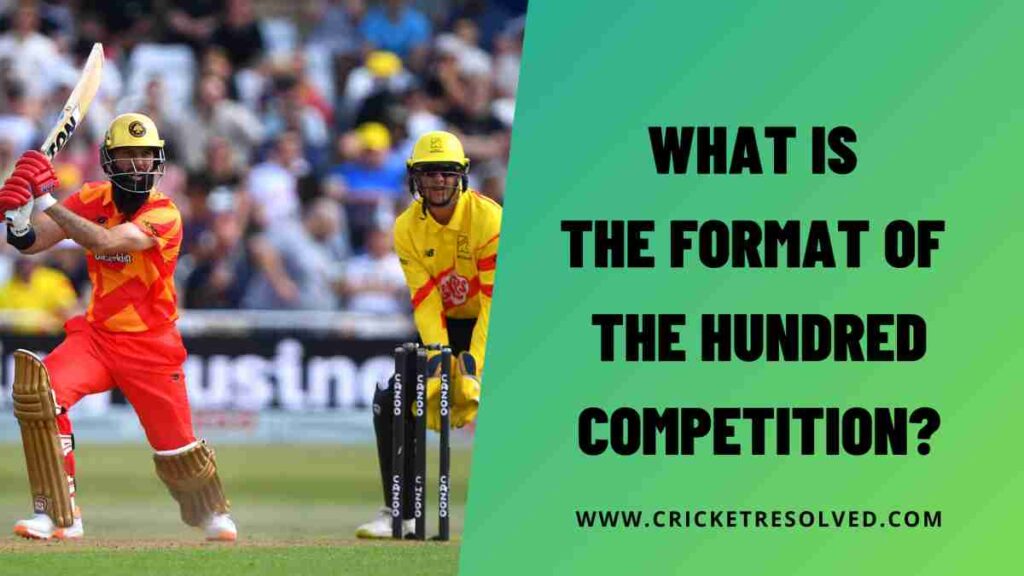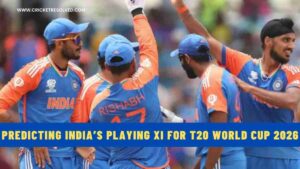Rain interruptions are a persistent challenge in the captivating world of cricket. To address this, two notable methods have emerged — the Duckworth-Lewis-Stern (DLS) and V. Jayadevan (VJD) techniques.
The DLS method, widely used in ICC events, calculates a revised target for the chasing team, considering factors like overs, wickets, and the scoring rate of the team batting first before the rain arrives. In contrast, the VJD method, embraced in BCCI-affiliated matches, employs a distinct approach, accounting for available resources and scoring patterns.
This article delves into the intricacies of these methods, shedding light on how they ensure fairness and excitement even amid rain-induced interruptions.
Duckworth-Lewis-Stern (DLS) Method
The DLS method, originally known as the Duckworth-Lewis method, was introduced to handle rain-affected limited-overs matches. It calculates a target score for the team batting second, considering both the available resources (overs and wickets) and the scoring rate of the team batting first before the rain interruption.
Key Factors:
- Usage: Widely used in ICC events and International matches.
- Number of Overs: The number of overs played by the team batting first before the rain interruption.
- Wickets Lost: The number of wickets taken by the bowling team before the rain interruption.
- Scoring Rate: The run rate at which the team batted first was scoring before the interruption.
DLS Calculation Example: Team A scores 250/5 in 50 overs. Before the rain arrived, Team B batted for 20 overs and scored 100/2. The match is then interrupted by rain. Using the DLS method, the revised target for Team B could be 82 runs in 20 overs, considering the resources and scoring rate of the first innings.
For a more detailed understanding, head to our article on the DLS method.
Must Read: How does the Duckworth-Lewis-Stern (DLS) Method Work? | Explained
V. Jayadevan (VJD) Method
The VJD method, developed by Jayadevan Vinod, is an alternative to the DLS method.
Like the DLS method, it calculates a target score for the team batting second, taking into account the available resources and the run rate of the first innings. However, the VJD method uses a different set of parameters and calculations, which can lead to slightly different target scores compared to DLS.
Key Factors:
- Usage: Used in BCCI domestic matches as well as matches affiliated with the BCCI (and its state units).
- Number of Overs: The number of overs played by the team batting first before the rain interruption.
- Wickets in Hand: The number of wickets remaining for the team batting second.
- Scoring Pattern: The run rate at which the team batted first was scoring before the interruption.
VJD Calculation Example: Continuing with the previous scenario, Team A scores 250/5 in 50 overs. Before the rain arrived, Team B batted for 20 overs and scored 100/2. Since the VJD method uses a different calculation process than the DLS method, the revised target for Team B under this scenario could be 85 runs in 20 overs.
Conclusion
In the world of cricket, rain disruptions are an unavoidable challenge, and the DLS and VJD methods stand as reliable tools to ensure fairness in affected matches. These rain rule techniques ensure fairness and excitement persist even in the face of the weather’s whims.
The DLS method, widely embraced in ICC events, factors in overs, wickets, and scoring rates to recalibrate targets. Meanwhile, the VJD method, favoured in BCCI-affiliated matches, adds its unique spin to parameters and calculations.
Whether DLS or VJD, these rain rules reaffirm that even when grappling with nature’s capriciousness, cricket’s essence remains unsullied, and the pulse of rivalry persists.
Read Next: Decoding the Duties of Umpires in Cricket: A Comprehensive Guide








